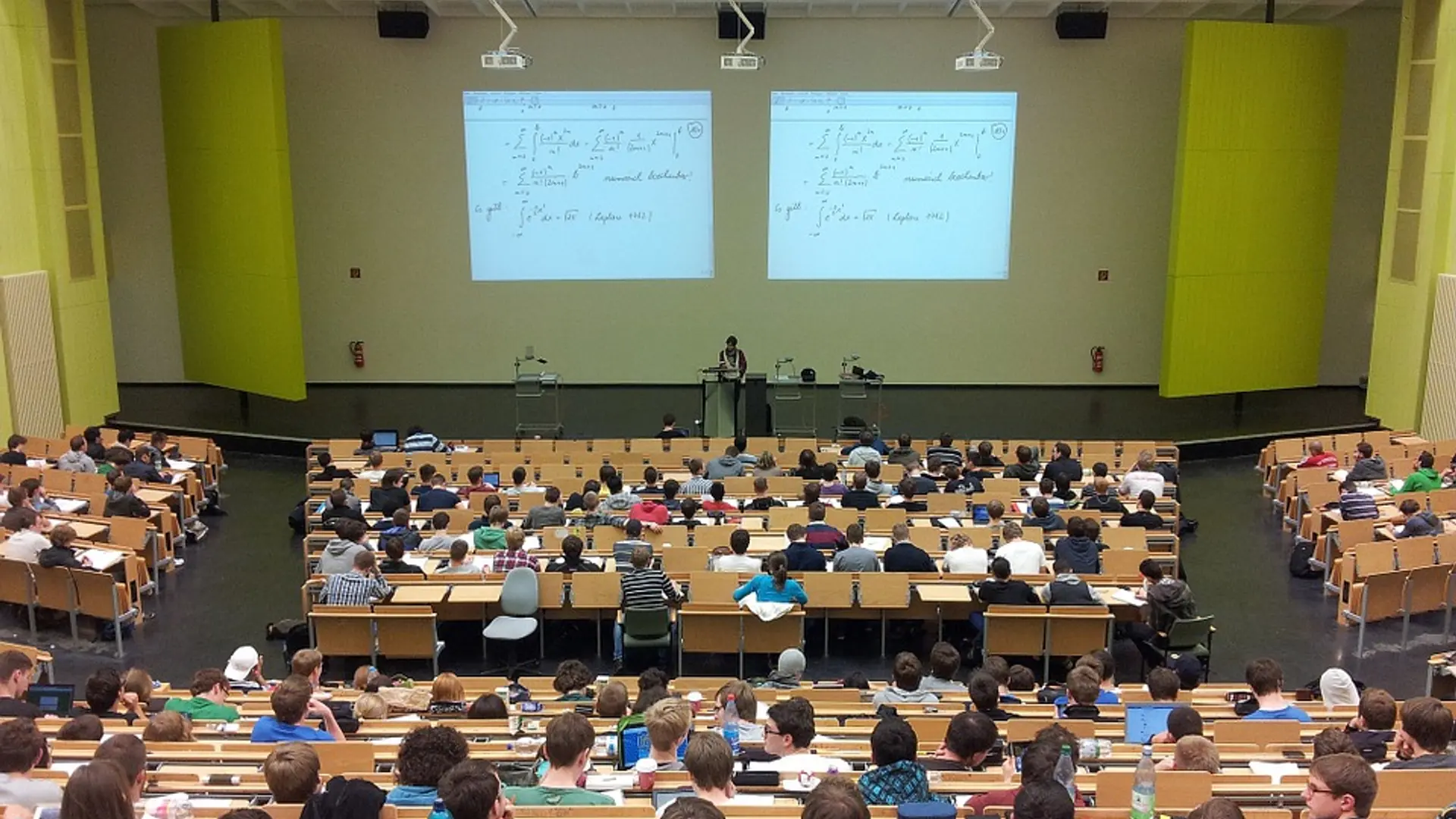

Knowledge State Theory Devises the Smartest Way to Assess Students
Only when it is known what a student knows can it be gauged what they can learn
The job of a teacher is not an easy one. It is not just about going to a class with the day’s lessons in hand, introducing the topic and elaborating on it. The teacher has to be certain that the student is able to make meaning of the lesson completely. To appraise what the student is capable of learning, it has to be understood where he stands first so that the teacher can build on it further. After all, no concepts are isolated isles in the vast universe of learning. Every concept is related to others. Only when a student has been located within this vast universe of concepts, i.e., a map of his knowledge or understanding of concepts have been successfully created, that we can progress his learning further. Thus, the mapping of his knowledge is crucial to his learning progress.

Now, how do we map it is the next logical question? Do we assign teachers to map individual students? This task seems daunting. First, the ratio of teachers to students is disappointing. Moreover, it is impossible to ascertain what is the exact state of a student’s knowledge at present as against hundreds of possible states he could be in. So, we rely on technology to help us out.
Challenging Past Led to Innovation
Earlier, a comprehensive the evaluation of a student would be possible only if a student is subjected to answer a hundred questions. But that is taxing, monotonous and time-consuming, and we certainly don’t intend to kill the joy of learning in the process to gauge their learning state. The advent of technology brought with it innovation and accuracy, and helped us bucket questions. For instance, previously, if hundred questions could gauge a student’s state of understanding, only 15-20 questions could do that now. We have come a long way as far as assessing human competency is concerned. Although, it has always aimed at precision, we never had the technological support to attain the goal.
Knowledge State Theory to Our Rescue
With mathematical tools coming to our rescue, we can further a student’s progress successfully. Simply put, certain separate but distinct knowledge sets within a possibly larger set are called ‘units of knowledge’. A particular set of problems that a student is capable of solving is called ‘knowledge state’, and the entire collection of such states is called ‘knowledge structure’. There are two stages – what a student already knows, and what they are ready to learn. KST, a machine-learning algorithm based on probabilistic model, maps the accurate knowledge state of an individual being assessed.
How does KST Work?
The beginning of any theory on assessment stems from the understanding that some units would have to be mastered by the student in order to master the subsequent ones. This is called Precedence Relation, which is helpful in chalking out an effective assessment design. It never, for once, assumes that a student is incapable of mastering a concept. All students are capable of reaching the desired state of knowledge and make progress as long as they have the necessary prerequisites. This approach is all about meeting the learning objectives by identifying the learning deficiencies.
This can be set against the conventional method of assessing students’ competency through standard test, which provide one holistic score for an entire exam, and thus grade them either as good, poor, or average by maintaining brackets for certain level.
Assessment Model
Paths of learning can be different as per the different knowledge structures. There can be multiple ways of reaching the desired state of knowledge from a state of no knowledge. Once artificial intelligence (AI) learns about the performance of students, it categorises students as per their learning capacity and needs. And, as we know artificial intelligence self-learns, it teaches itself to recommend students of a particular category the shortest learning path based on its past experience with students from the same category.
This personalisation of assessment brings in joy to the student and good academic results which were not possible in the traditional mode of assessment. Learning is important, and so is finding the most efficient route, to make the best use of student time. This innovative adaptive learning theory accurately suggests the learning path.






